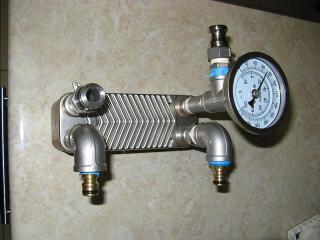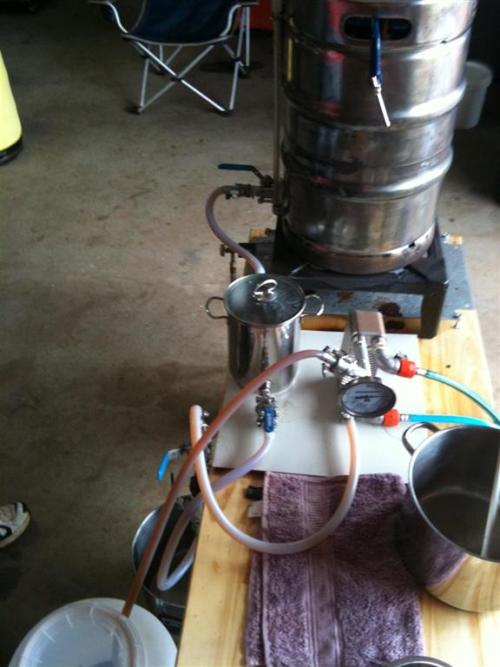aaronpetersen
Well-Known Member
- Joined
- 8/1/10
- Messages
- 291
- Reaction score
- 12
I'm about to place a big order with Geordi for various plumbing pieces for my new brew rig build. I want to try to order everyting now to save stuffing around later so I'm compiling a list of what I will need. I don't currently have a plate chiller but that is also on the shopping list. I'm not sure which one I'll get but I like the sound of the KegKing Chillout Mark III. So, my question is, how do you attach male camlock fittings to the wort inlet and outlet? I'm also curious about how to connect garden hose fittings to the water inlet and outlet, which seems to be what everybody does.






